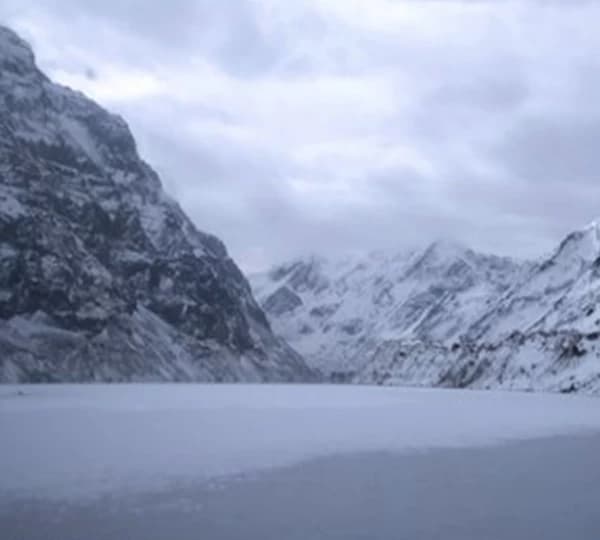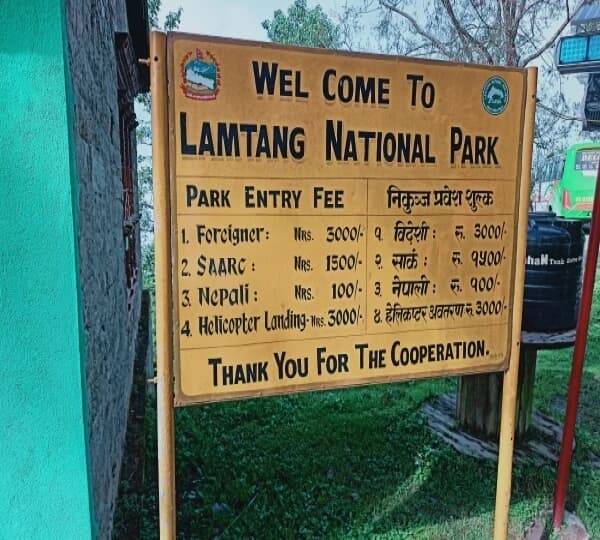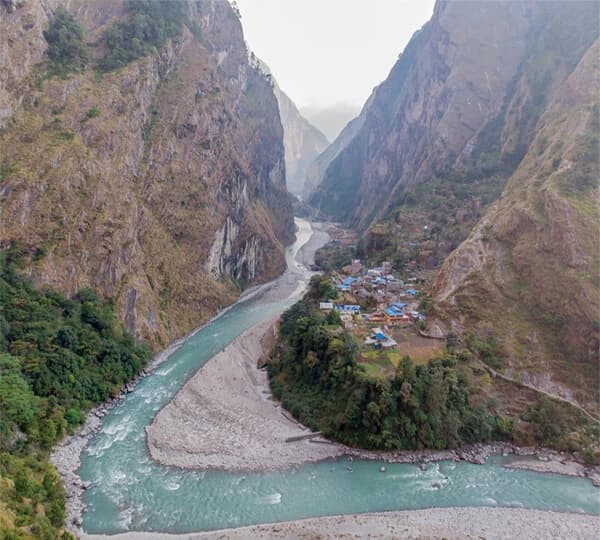Everest Base Camp Trek
The Everest Base Camp Trekking is a high-altitude trek in the Mahalangur Himalaya range. The landscapes are different from those in other areas of Nepal. Most of the trekking trails are above 4000 m, dry, and not good for any cultivation apart from potatoes. The Everest region is the home of the Himalayas, including the world's tallest mountain, Everest (8,848 m), Lhotse (8,516 m), Cho Oyu, Nuptse, Pumori, Ama Dablam, Thamserku, and many more trekking peaks, as well as the world's biggest and longest glaciers, Khumbu Icefall and Ngozumpa Glacier, respectively. Namche Bazar is the gateway to the Everest Base Camp and Gokyo Lake trek, which are the most beautiful villages in the Everest region.
The Everest region is the home of the legendary Sherpa, who is an expert in mountaineering. Climbing and mountaineering are professions of the Sherpa, and they have carried on their profession from generation to generation. Most people believe in Buddhism, which is a calm religion, and follow the Lama and worship in the monastery. In every village, there is a beautiful monastery.
Annapurna Base Camp Trek:
The Annapurna Base Camp Trek is also one of the top trekking trails and gives you a taste of different lifestyles and cultures. In the Annapurna region, you may see multicultural, Multilanguage, multi-tribe, and diverse landscapes. Annapurna Base Camp itself is a natural amphitheater (360 degrees) dominated by Annapurna I, Annapurna South, Tent Peak, Fish Tails, Gangapurna, and Himchuli Mountain. Ghorepani Poon Hill is the best viewpoint of the sunrise into the 180-degree mountain range, including the Dhaulagiri range, Annapurna range, and Mardi Himal Base Camp neighbors in the distance.
Before and after the ABC trek, you have an opportunity to visit Lake City, Pokhara. This is the cleanest and calmest city in Nepal. Above 8,000 m, mountains like Dhaulagiri (8,156 m/26,755 ft.), Annapurna I (8,091 m/26,540 ft.), and Manaslu (8,165 m/26,785 ft.) dominate Fewa Lake, Pokhara.
Conclusion: In Everest Base Camp, the chances of rain in the Everest region are less even in the monsoon season because the higher-altitude part of Nepal receives less rain than the region of low altitude. So if you are looking for a monsoon trek interrupted by less rain, then surely the EBC trek will be the best trek destination.








